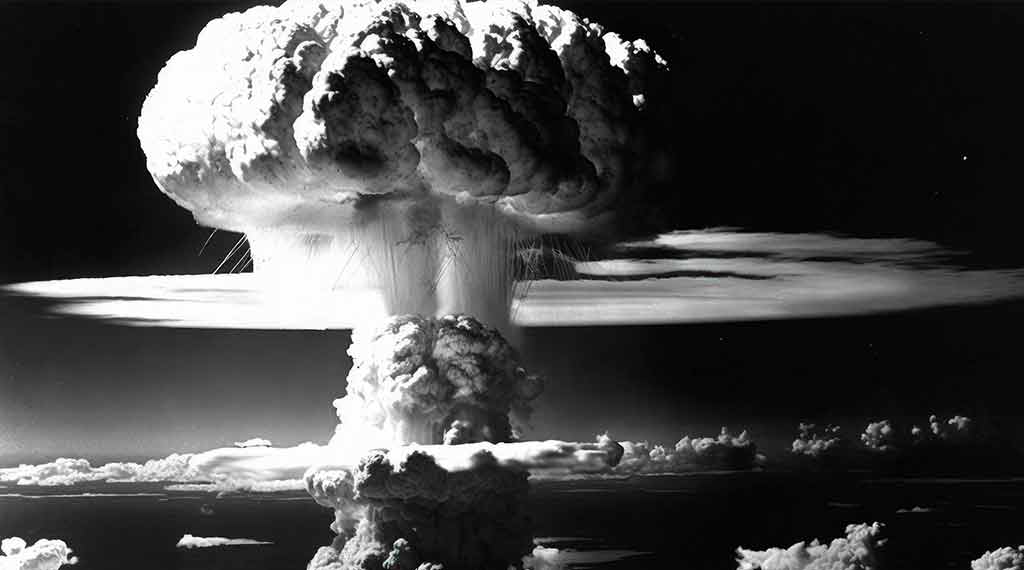
As the film “Oppenheimer” arrives in American theaters, it is important to take a fresh look at the race to produce the atomic bomb and the choice of Hiroshima as its first target. There’s a lot more to learn that isn’t in the movie.
Hiroshima was struck by an 11-kiloton atomic bomb that had never been previously tested. But the task to destroy Hiroshima was critical in stopping Japan’s atomic bomb program and either forcing Japan’s surrender or, if Japan did not surrender, protecting the huge planned US and allied amphibious attack on Japan.
I want to emphasize what you are reading is my own analysis of why Hiroshima was a critical, top priority target enabling the allied invasion of the Japanese mainland. It differs greatly from US explanations, which (when taken on balance) are nonsensical.
If Hiroshima was a civilian target selected by the US government, then it was a war crime to carry out the attack. If it was a strategic, military target, then the attack on the city was justifiable.
It is important to note that the US government was, during and after the war and until today, covering up the real truth about the atomic bomb threats of Germany and Japan. Indeed, General Douglas MacArthur, who ran the US occupation of Japan after the surrender, systematically covered up Japan’s atomic bomb program and Japan’s biological and chemical weapons program in China.
Even today questions are still asked why Hiroshima was chosen? Why did the United States not demonstrate the atomic bomb before actually using it on a Japanese city, followed by dropping a Plutonium-fueled bomb that was used against the Japanese city of Nagasaki.
After the Hiroshima blast, Japan’s top atomic scientists flew to Hiroshima, headed by Yoshio Nishina from the RIKEN institute. Japan was desperately short of aircraft but Nishina and his team of scientists were given top priority.
Japan had two atomic bomb programs, one under the aegis of the army centered at RIKEN called Ni-Go and the other, under the navy, known as the F-Go program, headed by Professor Bunsaku Arakatsu. Late in the war the navy program was far along. The bombs were to be assembled in Korea. Korea had become Japan’s main arsenal supplying the war effort.
Japan’s top scientists quickly figured out that the bomb that struck Hiroshima was an atomic weapon. They measured residual radiation with Geiger counters. By assessing the blast patterns on the sides of partly standing buildings, they understood that the bomb was detonated above ground giving it maximum coverage over the target.
Hiroshima was destroyed by a uranium bomb called Little Boy. Testing it was not possible because there was not enough enriched uranium (U-235). Yet there was much greater confidence that the uranium bomb would work and was less complex than the plutonium implosion device, known as Fat Man, dropped a few days later on Nagasaki.
One of the big secrets of World War II is that both Germany and Japan were far along on atomic weapons development. For political reasons, the US did not want the American population to know just how dangerous atomic bomb development was to the soldiers fighting in Europe and in Asia.
Had the Germans been able to set off an atomic blast during the Battle of the Bulge, US and British forces would have been wiped out. Had Japan unleashed an atomic bomb on the US fleet, the US invasion force would have been destroyed.
- Trump and Ukraine: what Russia wants, what Trump could do - November 8, 2024
- North Korean troops in Kursk could backfire on Moscow, Pyongyang - November 1, 2024
- Secure enclaves: bad CHIPS Act idea wasting billions - August 12, 2024
